Sustainability

NORR offers comprehensive, integrated sustainability services to complement our global architecture, engineering and interiors teams to help every project communicate its commitment to sustainability. Supporting all sectors and locations, we leverage integrative processes that foster interdisciplinary support towards achieving our client’s sustainability objectives, on time and on budget.
Our team of architects, engineers, building scientists and building performance modelers add value to projects, leveraging data and latest evidence to inform decision making towards positive, measurable outcomes:
- Sustainability Certifications: LEED and Green Globes
- Evidence-Based Certifications: WELL and Fitwel
- Energy Modeling and Carbon Neutral Planning
- Embodied Carbon Modeling
- Daylight and Views Modeling
- Fundamental and Enhanced Commissioning
- Municipal Compliance: Example Toronto Green Standard, Chicago Green Building Policy
- Federal Sustainability Design Standards (FSDS) and Greening Government Strategy (GGS)
- Resiliency Design and Planning
- Biophilic Design and Planning
Related Projects
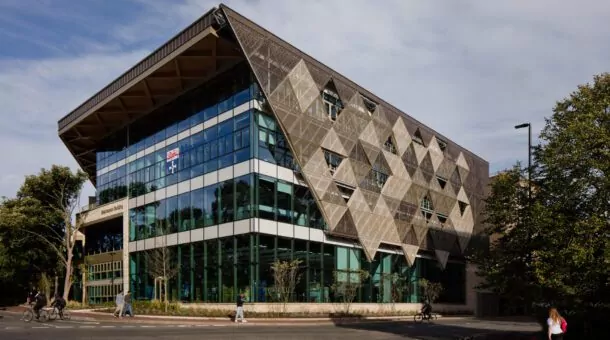
Stephenson Building, Newcastle University
A new world-leading home for engineering at Newcastle University
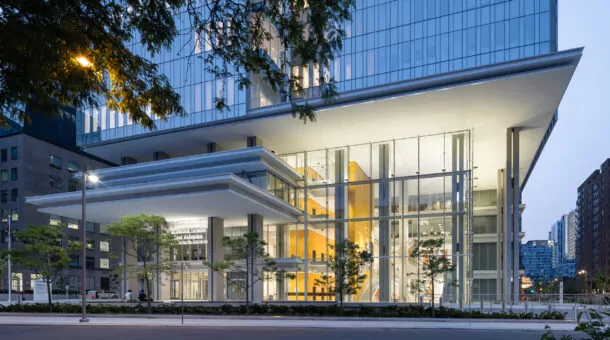
Ontario Court of Justice – Toronto
Amalgamating Toronto’s Ontario Court of Justice Courts
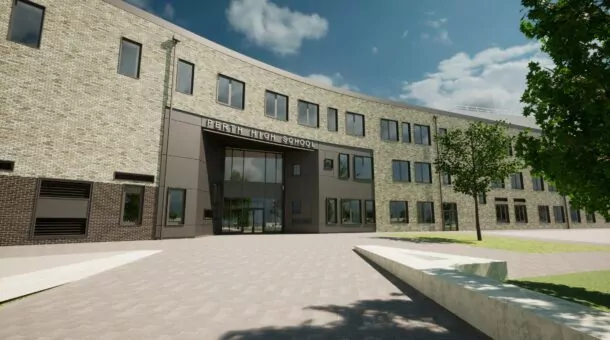
Perth High School
One of Scotland’s Newest Passive House High Schools
Related Services
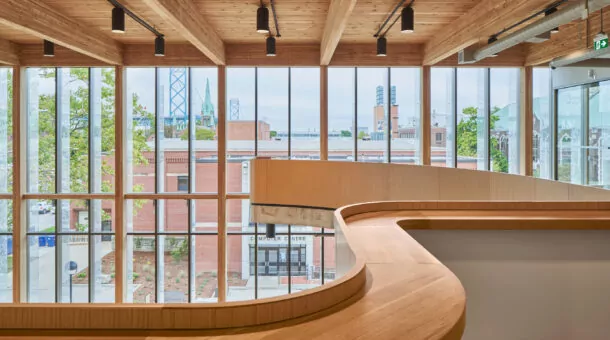
Structural Engineering
Apply advanced technologies to design innovative and robust structural solutions
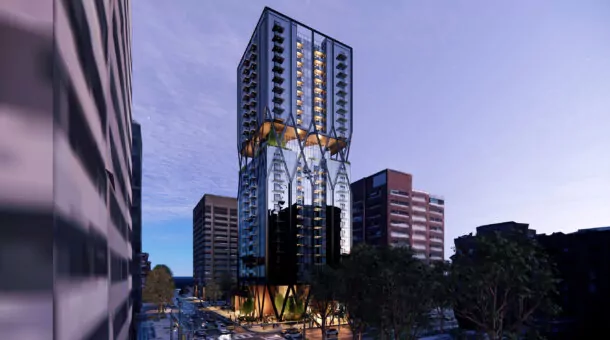
Architecture
Full-service firm that designs for impact, long-term value and efficiencies